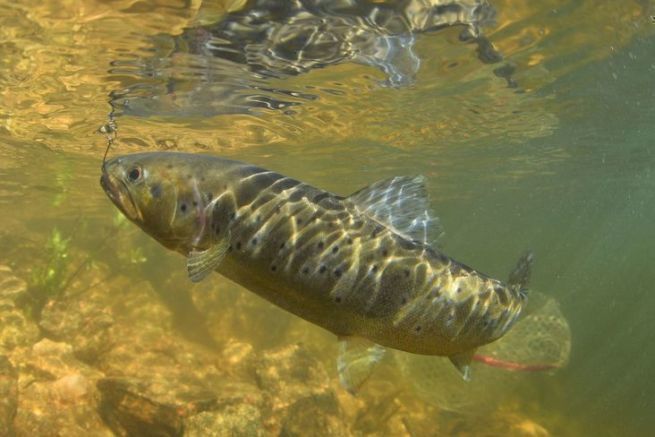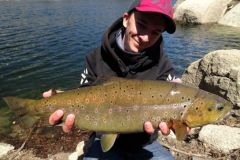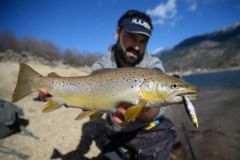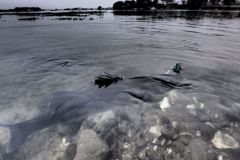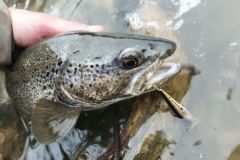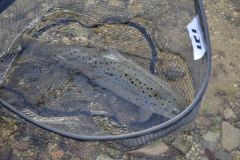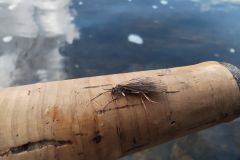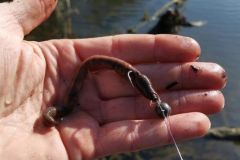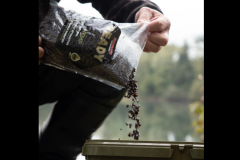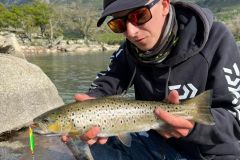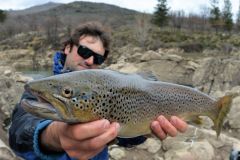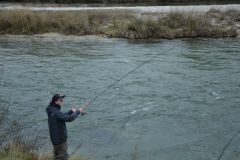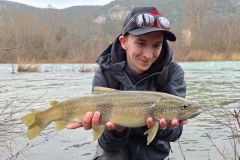Lure fishing for trout with barbless or crushed barb hooks is slowly but surely becoming more popular in France. It is a practice that is developing with the creation of many no-kill courses that only allow this type of hook and in parallel the development of competitions where only this type of hook is allowed. The democratization of adapted solutions such as assist hooks is also going in the direction of using more and more simple hooks without barbs.
What is the barb?
The barb is the small "anti-return" pin located on the tip of the hook. It prevents the tip from moving back and out when a fish is hooked. In combat, it limits the number of stalls, but it also prevents a quick release of fish. The use of pliers is almost systematic and it is sometimes very tedious to disentangle the hook caught in the net of the landing net, a cloth or even planted in the hand or in the skin of the fisherman!
How to check for the presence of a pin?
Many models of barbless hooks are available on the market, especially for trout. To check that the barb is removed, in competition or during a guard check, a piece of cotton cloth is usually used. The hook should come out of the cloth as it is pulled in without catching on threads and fibers.

The disadvantages
There are always drawbacks when choosing a fishing option. The one that is often put forward is that the number of stalls in combat is often greater without barbs. This is often true in competition on modest fish. It is finally little true on beautiful fish in leisure. It is more psychological than a real truth. It is only on up-stream fishing that I keep the barbs. Because, without them, the number of stalls is really important.
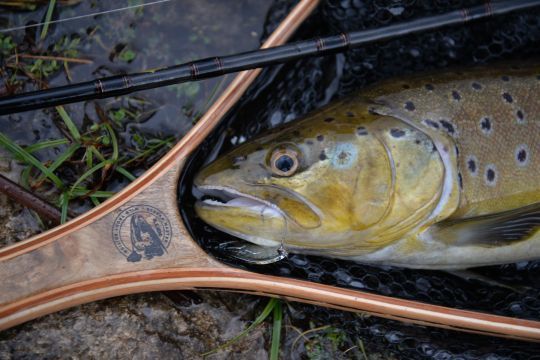
How to fish without barbs?
The ideal is to fish without barbs when fishing downstream or in lakes. It is easy to keep the tension in the line and to keep the tip pricked.
The use of a nylon line is also a plus, especially on small fish. The elasticity of nylon prevents loss of contact or rapid relaxation of the line.
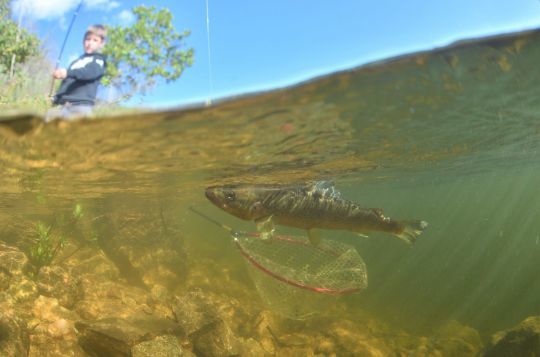
It is also relevant and more and more common to mount assist hooks (single hook on which is fixed a thick braid loop) which limits the support points and adds flexibility to limit the untimely stalls!
How to change hooks or remove a barb?
For most swimming or wobbling fish, a simple broken ring pliers can be used to replace the original hook with a barbless model.
For the spinner, it is necessary to add a step. It is necessary to take a pair of wire cutters and cut the hook at the level of the eyelet which connects it to the frame of the spinner. Once the eyelet is cut or broken, a broken ring must be put in place. Then, we put on this broken ring a single or triple hook without barb.
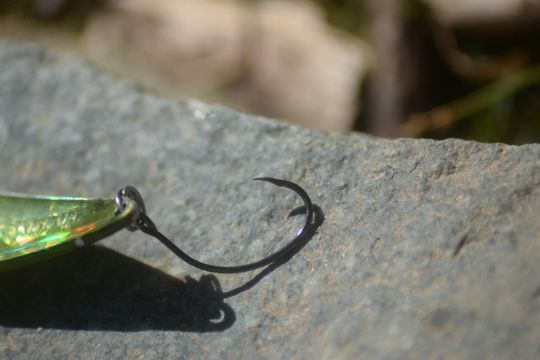
For lead heads or any other lures, it is possible to crush the barb. This avoids replacing the hooks, and it is very easy to do. The barb must be crushed with a pair of flat pliers. Just press hard and turn slightly in both directions to flatten the barb.
